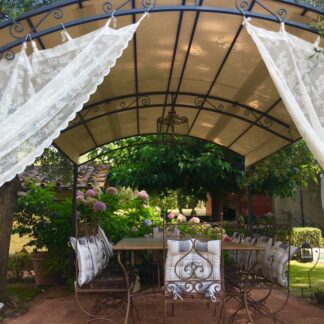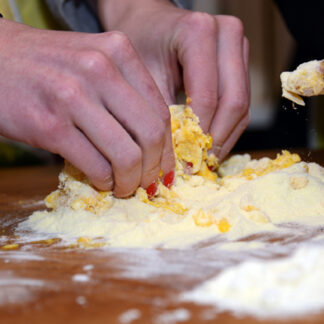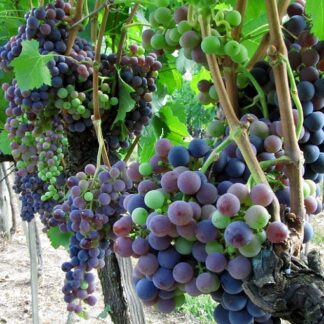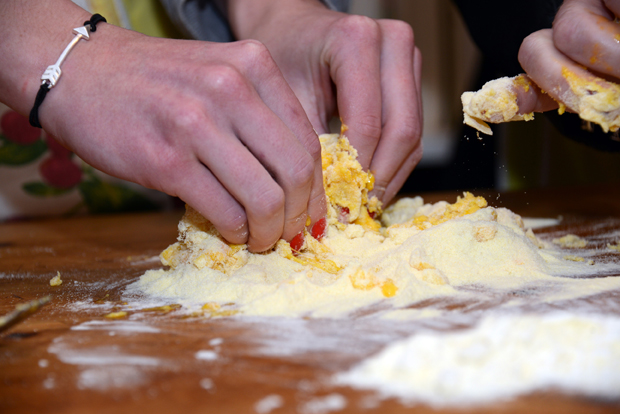
Tuscany is a region that evokes images of breathtaking rolling hills, medieval villages, and, above all, a culinary tradition rooted in centuries of history. Typical Tuscan products, an expression of the land and the hard work of its people, offer a variety of authentic flavors that, through tastings, transport anyone on an unforgettable sensory journey.
Typical Tuscan Products
Tuscan cuisine is based on simple and genuine ingredients, reflecting the agricultural richness of the region. Unsalted Tuscan bread is a central element in many dishes, such as the famous “pappa al pomodoro” and “ribollita.” Cold cuts, like Tuscan ham and “finocchiona,” are often paired with local cheeses, with pecorino, especially from Pienza, standing out. Extra virgin olive oil, made from centuries-old olive trees, is an essential ingredient, used raw to enhance the flavor of every dish. Wines, from Chianti to Brunello di Montalcino, complete the picture, making every meal a moment of celebration.
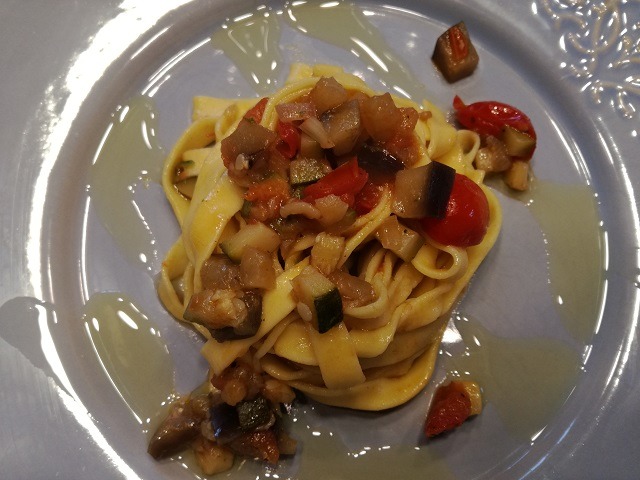
Tastings of typical Tuscan products are an experience that allows you to discover the history behind each product, from cheese aged in natural caves to wine matured in historic cellars. Many agritourisms and wineries offer tasting tours that go beyond just sampling, creating a dialogue between producers and consumers, sharing traditions passed down through generations.
Traditional Recipes
Among the most representative dishes of Tuscan cuisine, we find ribollita, pappa al pomodoro, and buccellato, three dishes that tell the story of a humble yet incredibly flavorful cuisine.
Ribollita
Ribollita is a symbolic dish of Tuscan peasant cuisine, a hearty soup made with vegetables and stale bread. The name “ribollita” (reboiled) comes from the fact that this dish was cooked in large quantities and then reheated, or rather reboiled, in the following days.
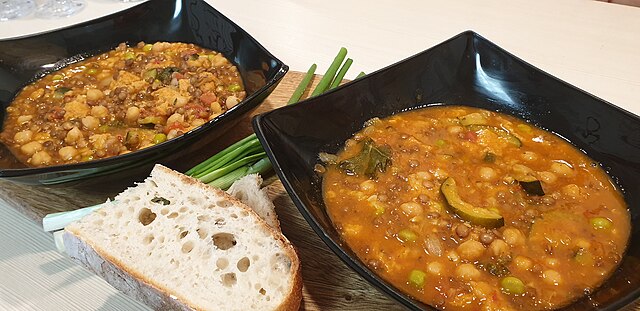
Ingredients:
300g black cabbage
200g savoy cabbage
150g cannellini beans
2 carrots
1 onion
1 celery stalk
2 potatoes
300g stale Tuscan bread
2 tomatoes
Extra virgin olive oil
Salt and pepper to taste
Instructions:
Cook the beans in salted water until tender, then blend some to create a creamy texture. In a pot, sauté chopped onions, carrots, and celery. Add potatoes, black cabbage, and savoy cabbage cut into strips. Add the bean cream, peeled tomatoes, and whole beans. Add water and cook over low heat for at least an hour. Place the stale bread in a soup bowl and pour the soup over it. Let it rest for a few hours, then reboil the soup before serving, drizzled with extra virgin olive oil.
Pappa al Pomodoro
Pappa al pomodoro is another iconic dish, made with just a few simple ingredients: ripe tomatoes, stale bread, and extra virgin olive oil. It’s a perfect example of how Tuscan cuisine excels in the art of repurposing leftovers.
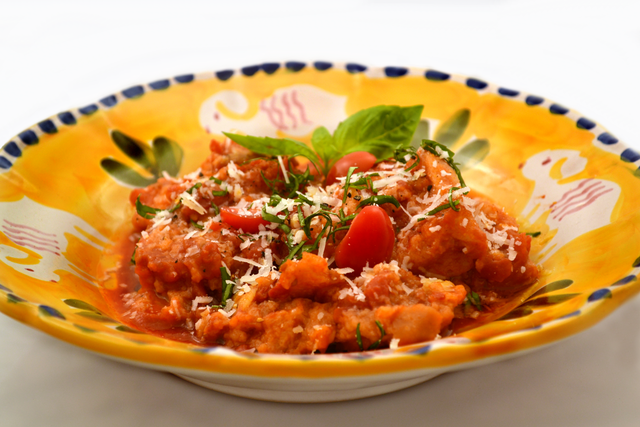
Ingredients:
400g ripe tomatoes
300g stale Tuscan bread
2 garlic cloves
Vegetable broth to taste
Extra virgin olive oil
Fresh basil
Salt and pepper to taste
Instructions:
In a pot, sauté the garlic with oil, add peeled and chopped tomatoes. Cook on low heat for about 20 minutes, then add the crumbled stale bread. Add vegetable broth and stir until the bread breaks down, creating a creamy consistency. Season with salt, pepper, and fresh basil. Let it rest before serving with a drizzle of raw olive oil.
Buccellato
Finally, buccellato is a traditional sweet bread from the Lucca area, perfect to end a Tuscan meal. It’s a sweet bread enriched with raisins and anise seeds, often enjoyed with a glass of vin santo.
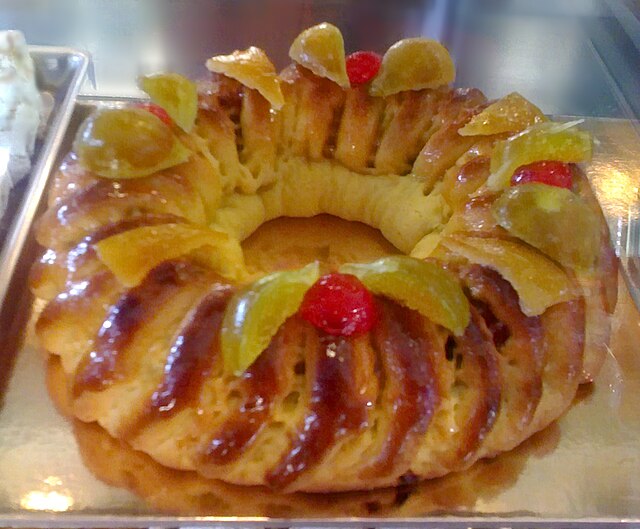
Ingredients:
500g flour
150g sugar
75g butter
20g fresh yeast
2 eggs
100g raisins
Anise seeds to taste
Milk to taste
A pinch of salt
Instructions:
Dissolve the yeast in warm milk and add it to the flour, mixing until you get a soft dough. Add sugar, melted butter, eggs, raisins, and anise seeds. Knead the dough until smooth, then let it rise for a couple of hours. Shape it into a ring or loaf and bake at 180°C (350°F) for about 30-40 minutes until golden brown.
Participating in tastings of typical Tuscan products means immersing yourself in a culture made of ancient, genuine, and authentic flavors. It is an opportunity to discover not only the taste of the dishes but also the history and soul of Tuscany, a land that has always valued quality and tradition. These recipes, among the most representative of Tuscan cuisine, testify how simplicity can transform into extraordinary goodness.


